Many of us started our love affair with model trains after getting Lionel or American Flyer items, perhaps to circle a Christmas tree. We might have gotten a toy plastic or metal station with people printed on the sides and some fake evergreen trees. It was all the excitement and the reality we needed. I remember lying on the floor next to my layout, my eyes next to the track watching my Lionel pass as close to my face as possible.
Getting older, we might have built ourselves a permanent layout fastened to a ping-pong table and decorated it with a model town, cars, animals, and people, but it was really a “toy setup,” with only symbolic reality. I still put my face near the track to watch the passing locomotive circling. I craved more of the real thing.
I eventually found I could aim my Brownie Hawkeye Box camera at my track and if I was lucky, I could get a blurry shot of a passing driving wheel. I found that distance shots or standing up shots didn’t look as real, like you were circling the layout in an airplane, all the toylike features then stood out.
After retiring, I built myself a permanent garden railroad, with reality as my goal. I used standard LGB 1600 curves which were tighter than the curves on real railroads but I had space limitations. I liked the gardening aspect of large scale, its weather resistant toughness, and the wonderful detailing on the rolling stock and locomotives.
I cannot claim that my resulting garden railroad is the most realistic it could be, but I still occasionally lay down trackside to get that old passing train effect. I got more sophisticated when taking photos, not using an expensive camera but my handy smartphone. Some of those photos surprised my family and visitors, they looked so real. I’d take several shots of the same scene to get the right angle or light effect, spotting a fallen leaf or spider web that betrayed the scale. I practiced improved art direction before shooting, like shooting on a movie set, using a tripod, my better shots had only occasional flaws. You can find them if you look hard enough.
Being outdoors in large scale means that you have more garden space to include (or not) in layout photos. With more space you can place model buildings in preferred locations away from the tracks. Roadways and streets need shoulders and sidewalks that have some sense of zoning regulation. You can make a small layout look large if the structures are at realistic distances from each other.
I often found that sunlight can work for you or against you. Strong shadows may become too defined, perhaps a more overcast day will give you more reality. Experiment. I have no camera preferences. Slow motion video also adds to reality.
Learn more in this related article from the author.
Capturing reality in garden railway photographs
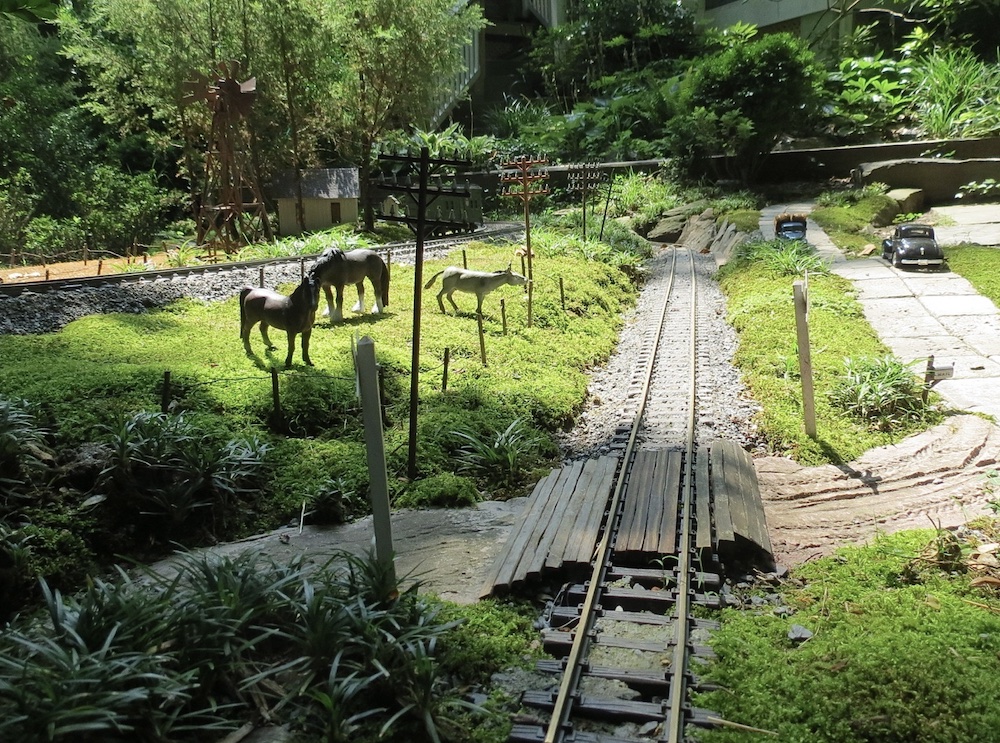
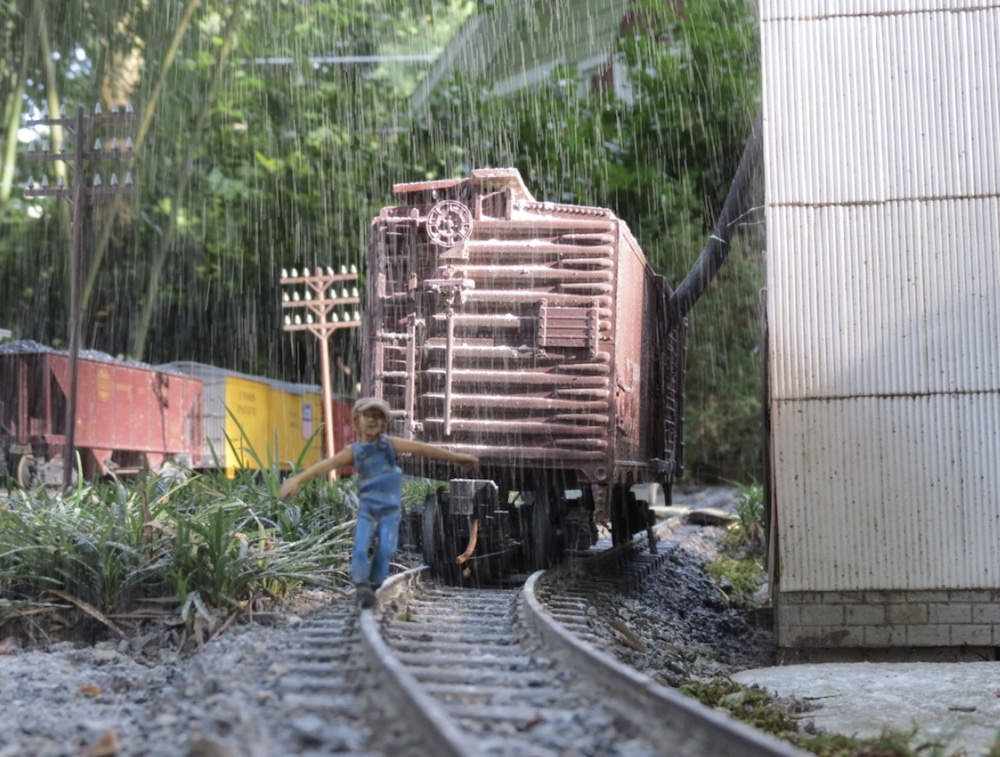
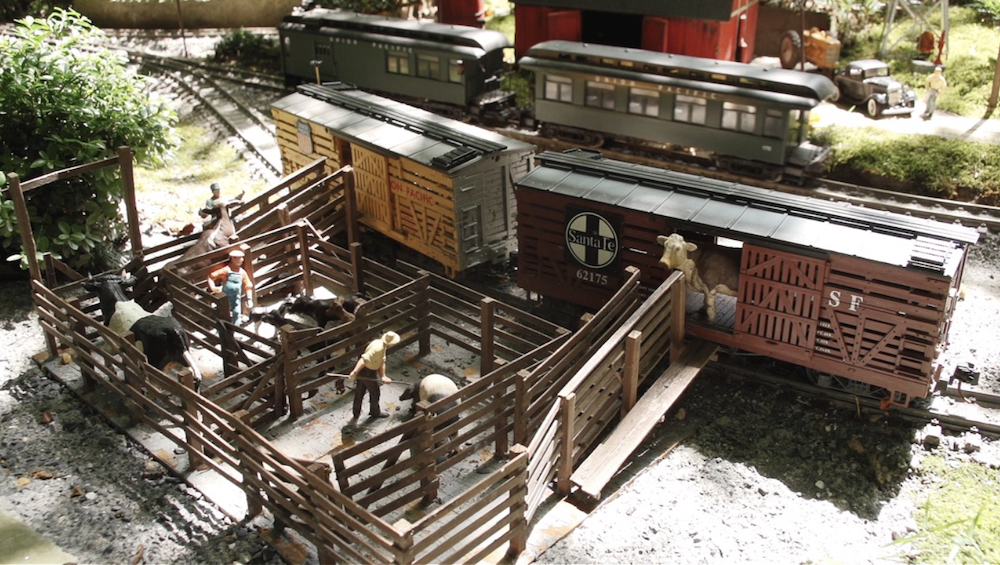
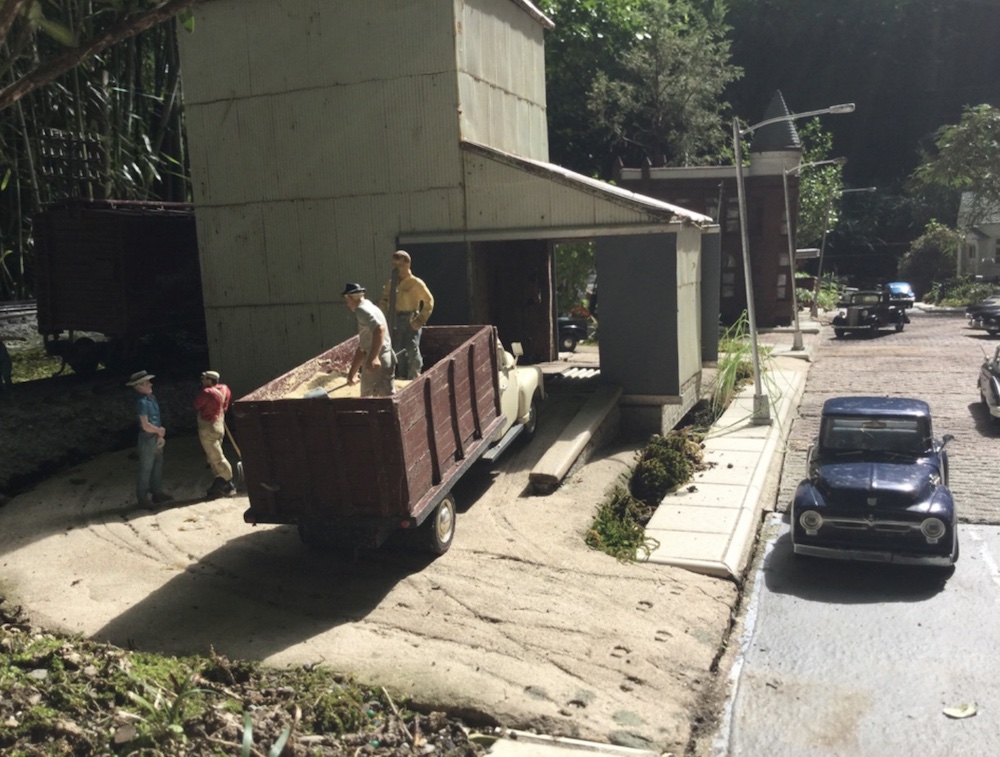
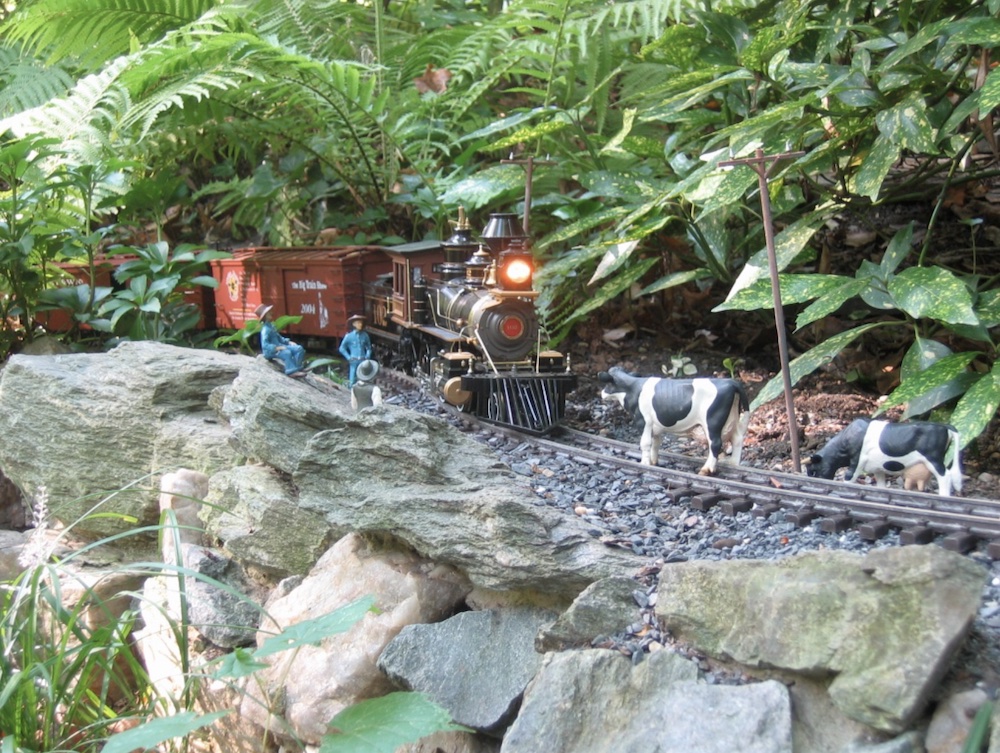
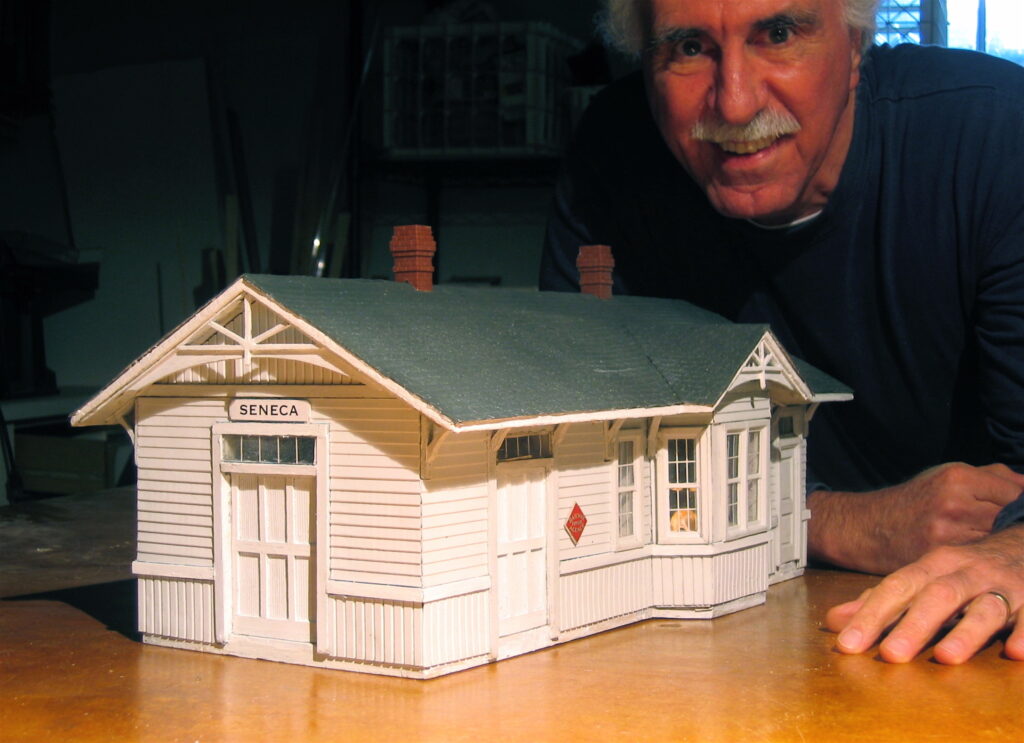
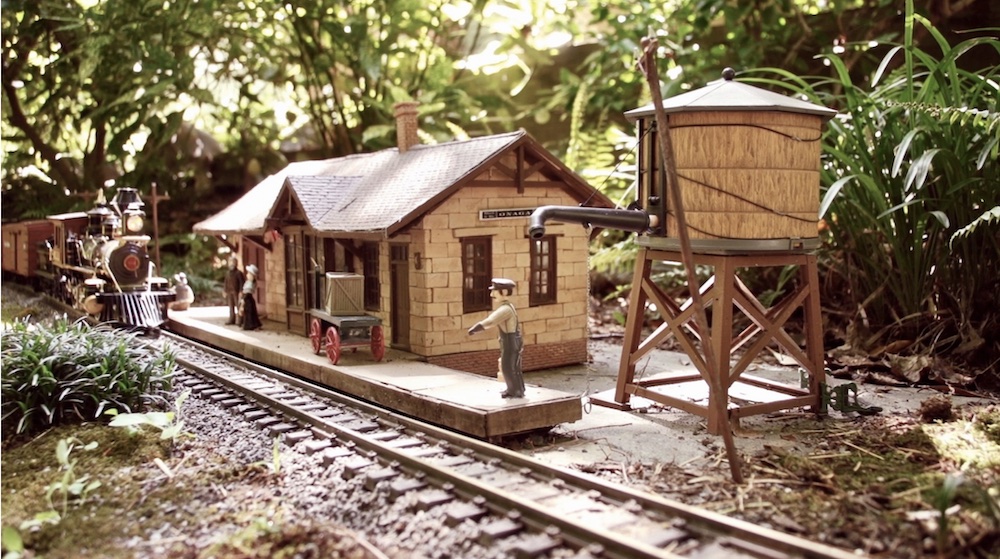
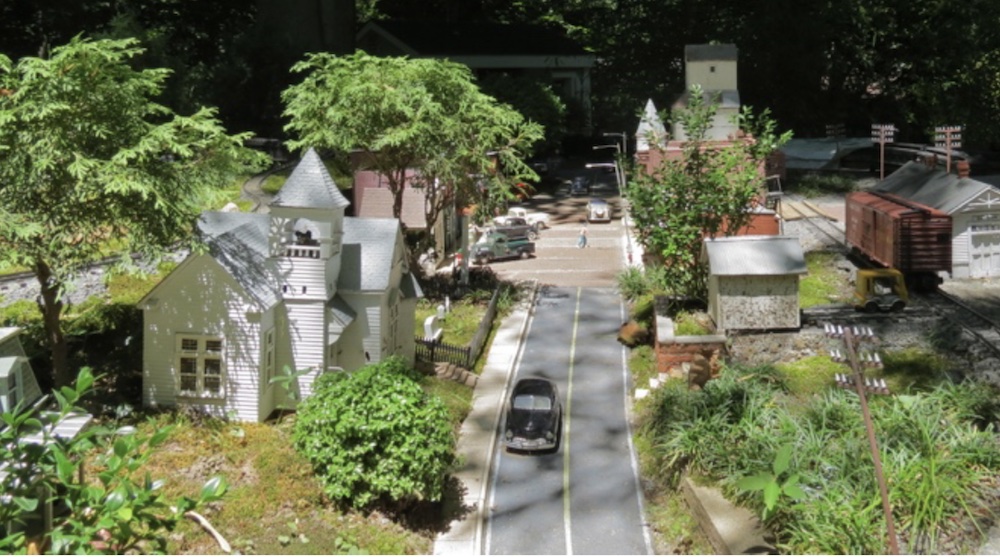
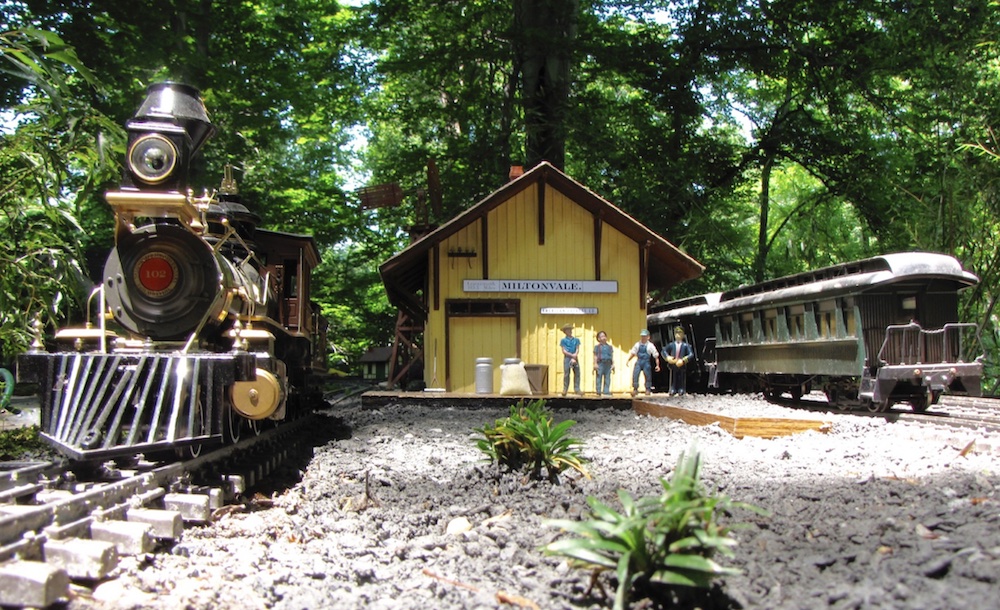
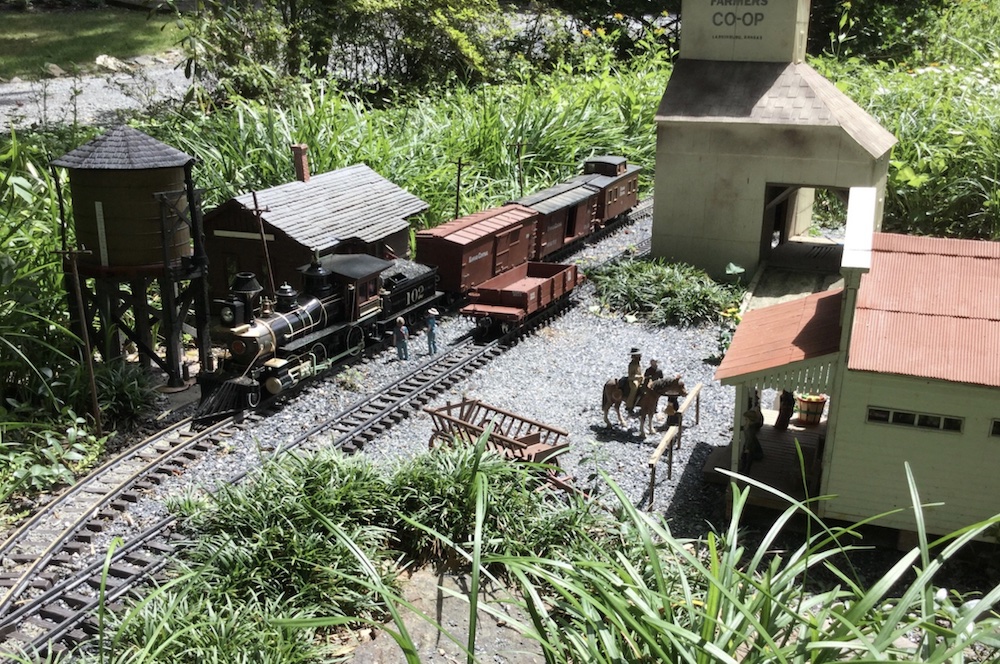





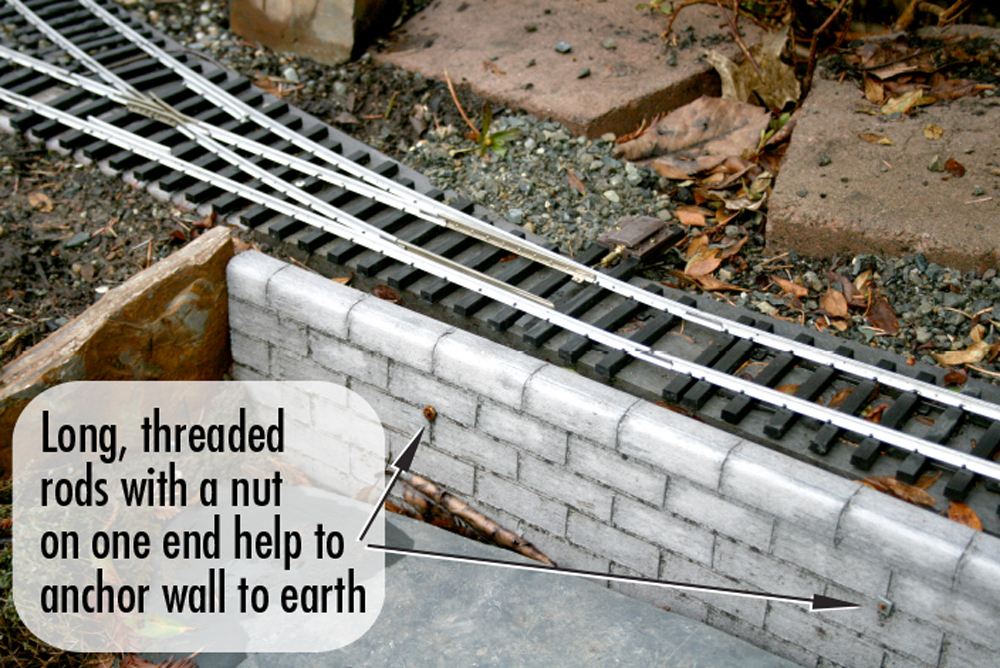
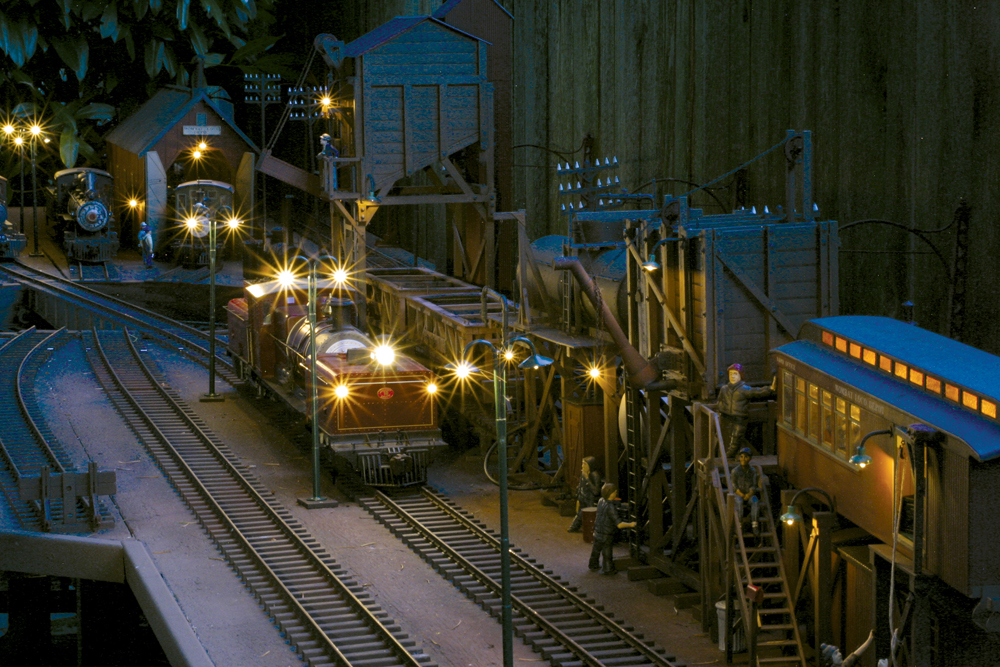
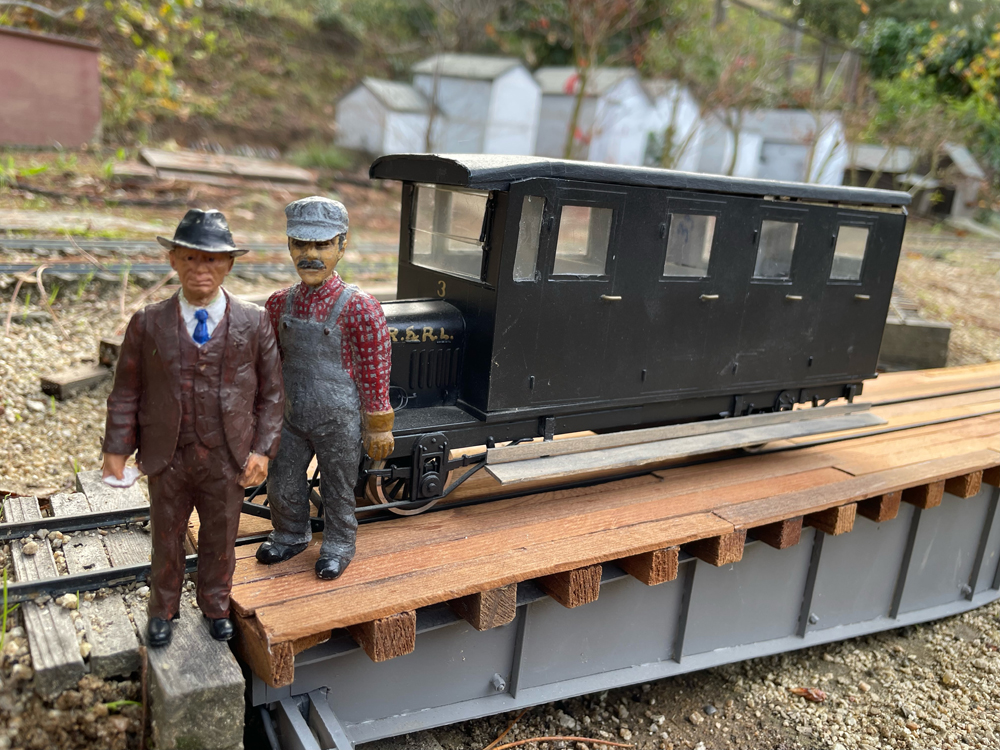
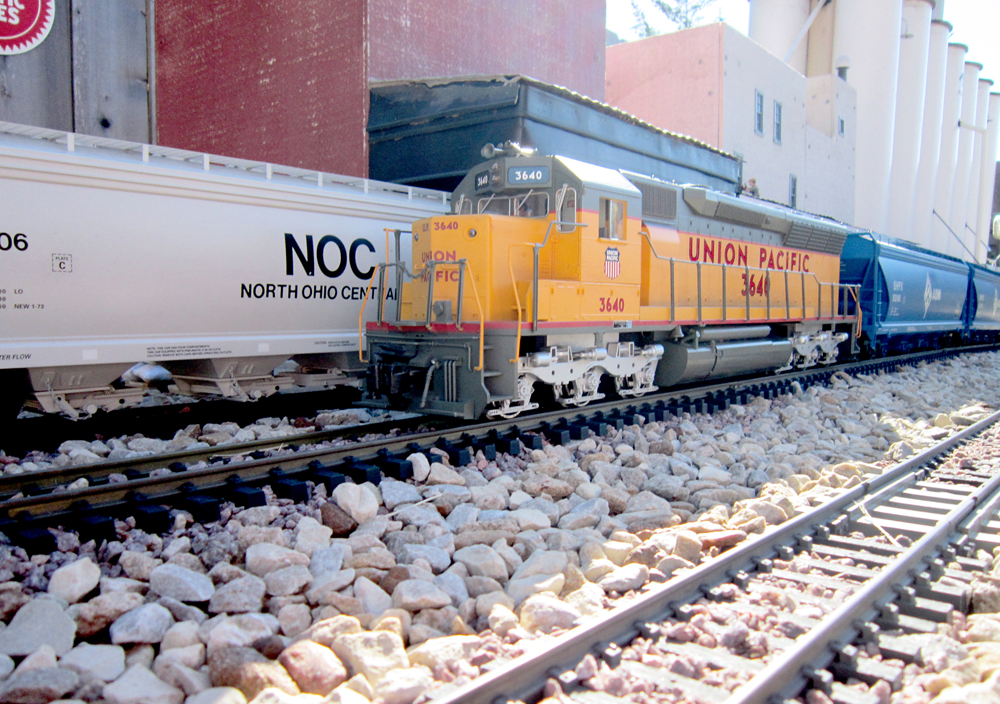
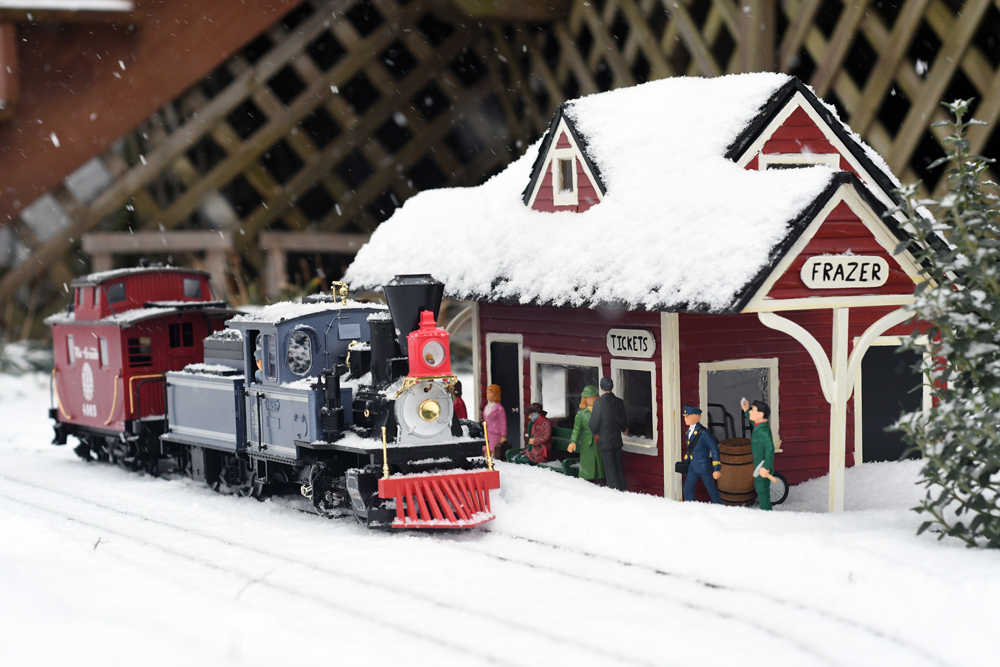





Great photos!